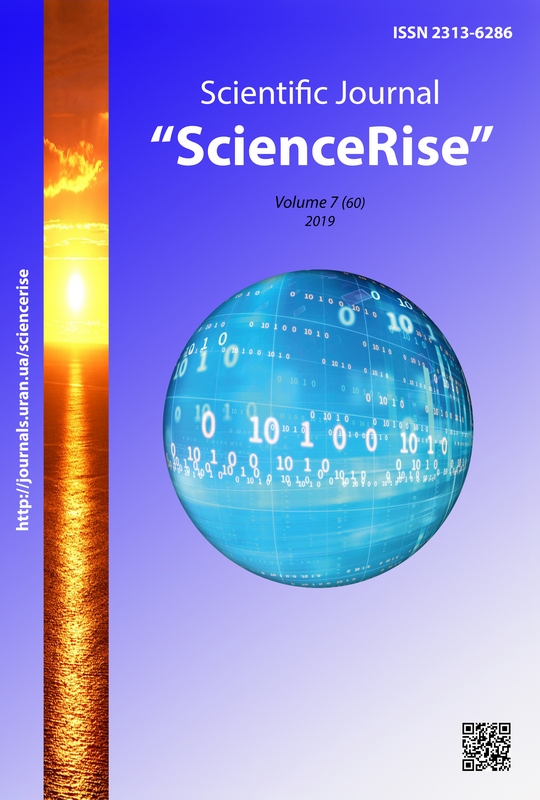Effect of progressive and repetitive part methods against the accuracy of kicking in football extracurricular students
DOI:
https://doi.org/10.15587/2313-8416.2019.174318Keywords:
Precision of The Stomach Kick, Progressive Part Method, Repetitive Part MethodAbstract
The aim of the study was to determine the differences in the effect of the progressive and repetitive part method on the accuracy of the long pass kicks of the High School Football Extracurricular Students.
Subject Research 30 athletes. There is a difference in the effect of the progressive part method and the repetitive part method on the accuracy of the long pass kicks of the High School Football Extracurricular Students. The repetitive part method has a better influence than the progressive part method for the accuracy of the long pass kicks of the High School Football Extracurricular Students
References
Bompa, T. O. (1999). Periodization: Theory and Methodology of Training. Kendall Hunt Publishing Company, 413.
Aunurrahman (2012). Learn and Learning. Bandung: Alfabeta.
Malina, R. M. (2010). Early Sport Specialization. Current Sports Medicine Reports, 9 (6), 364–371. doi: http://doi.org/10.1249/jsr.0b013e3181fe3166
Magill, R. A. (2001). Motor Learning Concepts and Applications. Singapore: Mc Graw. Hall Book, 367.
Hillman, C. H., Erickson, K. I., Kramer, A. F. (2008). Be smart, exercise your heart: exercise effects on brain and cognition. Nature Reviews Neuroscience, 9 (1), 58–65. doi: http://doi.org/10.1038/nrn2298
Lee, T. M. C., Wong, M. L., Lau, B. W.-M., Lee, J. C.-D., Yau, S.-Y., So, K.-F. (2014). Aerobic exercise interacts with neurotrophic factors to predict cognitive functioning in adolescents. Psychoneuroendocrinology, 39, 214–224. doi: http://doi.org/10.1016/j.psyneuen.2013.09.019
Luxbacher, J.A. (2011). Football. Indonesian Translation Edition. Jakarta: PT Rajagrafindo Persada.
Dimyati & Mudjiono (2006). Learn and Learning. Jakarta: PT Rineka Cipta.
Nurkhasan, F. (2017). Penerapan model pembelajaran tgt (teams games tournaments) untuk meningkatkan hasil belajar long pass dalam permainan sepak bola pada siswa kelas x mia 1 sma negeri 1 sukoharjo tahun ajaran 2016/2017. Surakarta. Available at: https://eprints.uns.ac.id/id/eprint/37865
Mielke, D. (2007). Basics of Football. Indonesian Translation Edition. Bandung: Raya Expert.
Andersen, T. B., Dörge, H. C. (2011). The influence of speed of approach and accuracy constraint on the maximal speed of the ball in soccer kicking. Scandinavian Journal of Medicine & Science in Sports, 21 (1), 79–84. doi: http://doi.org/10.1111/j.1600-0838.2009.01024.x
Dichiera, A., Webster, K. E., Kuilboer, L., Morris, M. E., Bach, T. M., Feller, J. A. (2006). Kinematic patterns associated with accuracy of the drop punt kick in Australian Football. Journal of Science and Medicine in Sport, 9 (4), 292–298. doi: http://doi.org/10.1016/j.jsams.2006.06.007
Gardasevic, J., Bjelica, D., Milasinovic, R., Vasiljevic, I. (2016). The effects of the training in the preparation period on the repetitive strength transformation with cadet level football players. Sport Mont, 14 (2), 31–33. Available at: http://www.sportmont.ucg.ac.me/?sekcija=article&artid=1343
Sloane, E. (2004). Anatomy and Physiology an Easy Learner. Jakarta: Medical Book Publishers EGC.
Mulyono, B. (2012). Tests and Measurements in Physical Physical Education. Surakarta: Sebelas Maret University Press.
Bompa, T. O., Buzzichelli, C. (2018). Periodization-: theory and methodology of training. Human Kinetics, 381.
Bompa, T., Bompa, T. O., Carrera, M. (2005). Periodization training for sports. Human Kinetics, 272.
Sugiyono. (2018). Qualitative, Quantitative, and R&D Research. Bandung: CV Alfabeta.
Downloads
Published
Issue
Section
License
Copyright (c) 2019 Rahman Ardian, Suharjana Suharjana, Erick Burhaein

This work is licensed under a Creative Commons Attribution 4.0 International License.
Our journal abides by the Creative Commons CC BY copyright rights and permissions for open access journals.
Authors, who are published in this journal, agree to the following conditions:
1. The authors reserve the right to authorship of the work and pass the first publication right of this work to the journal under the terms of a Creative Commons CC BY, which allows others to freely distribute the published research with the obligatory reference to the authors of the original work and the first publication of the work in this journal.
2. The authors have the right to conclude separate supplement agreements that relate to non-exclusive work distribution in the form in which it has been published by the journal (for example, to upload the work to the online storage of the journal or publish it as part of a monograph), provided that the reference to the first publication of the work in this journal is included.

